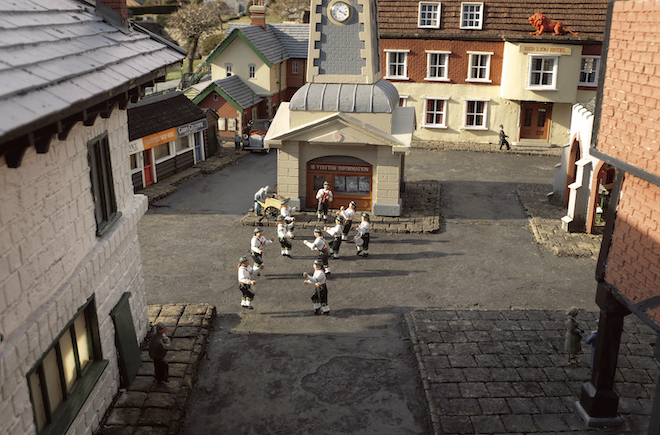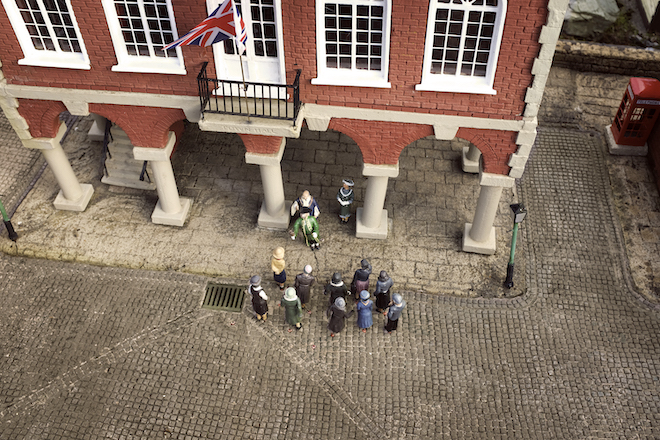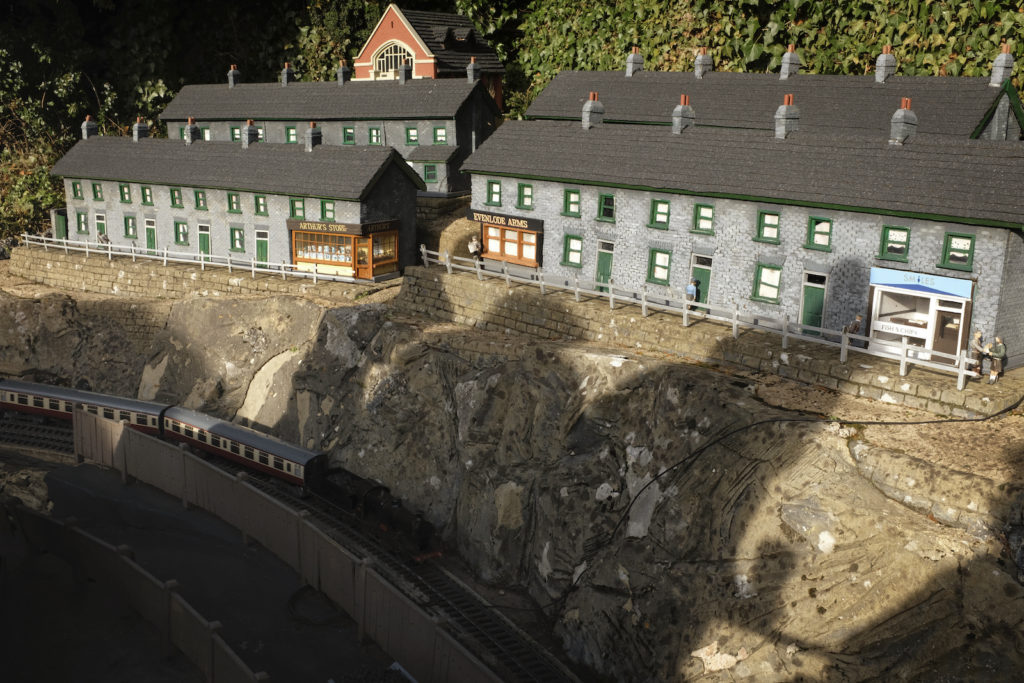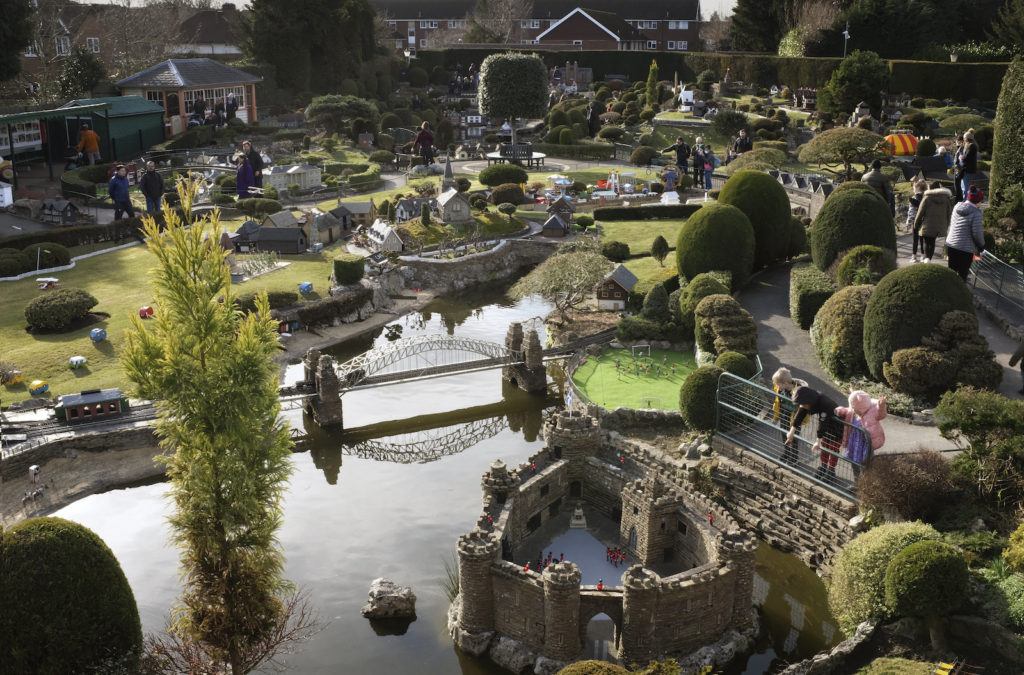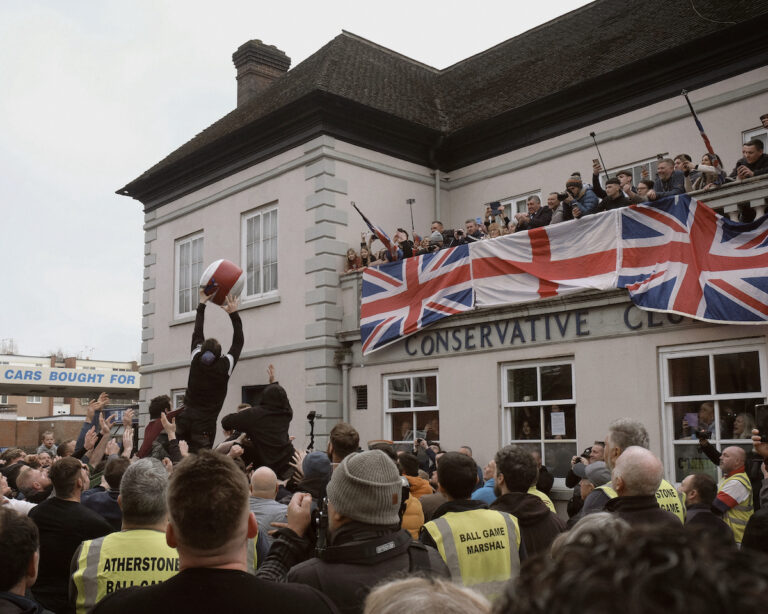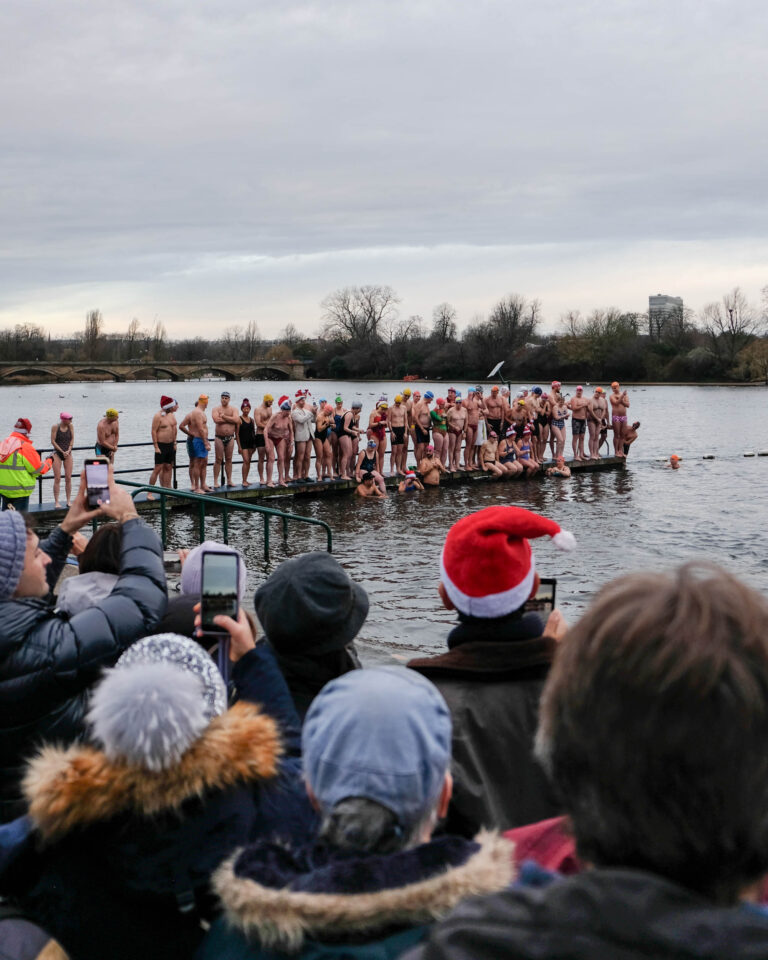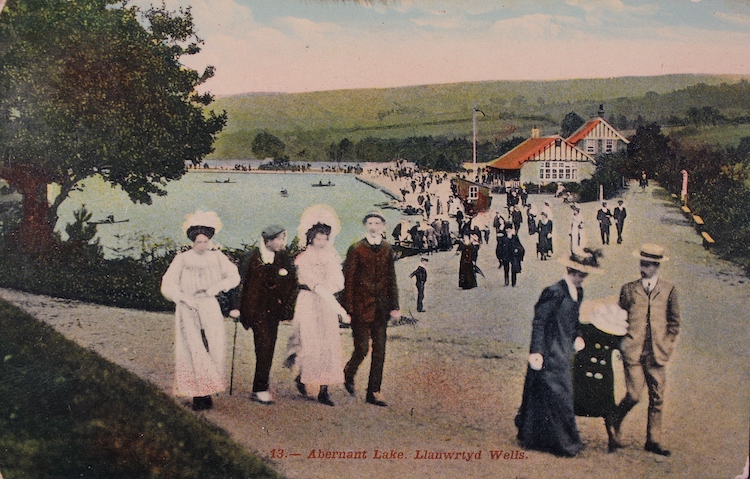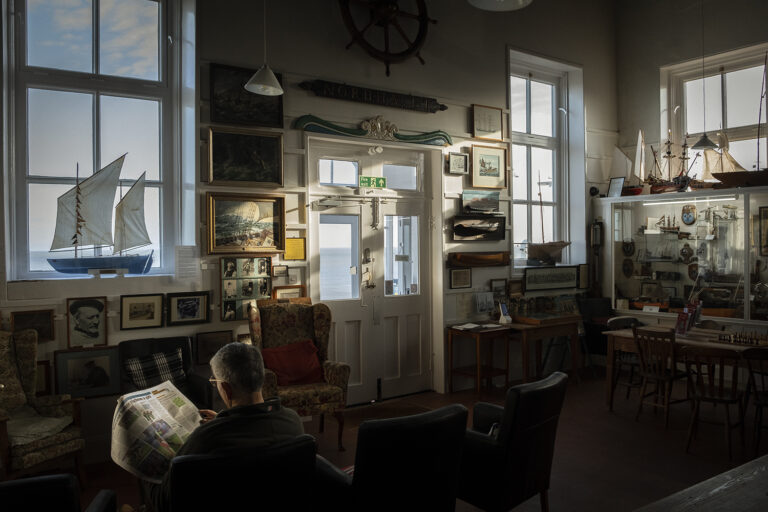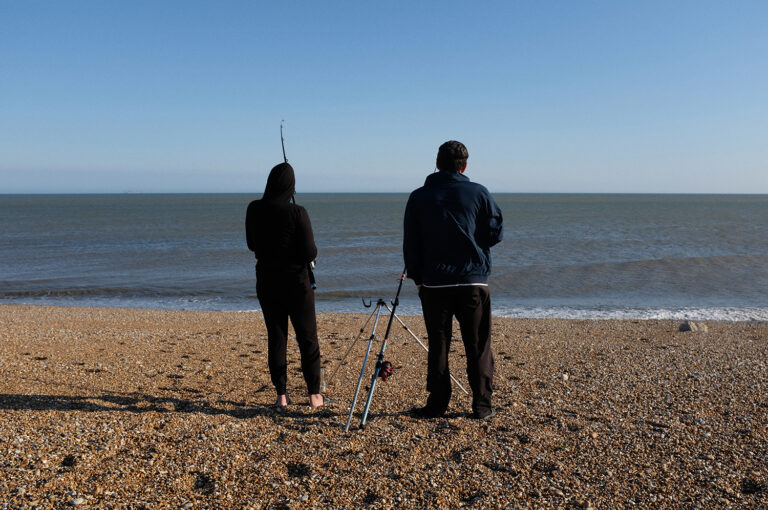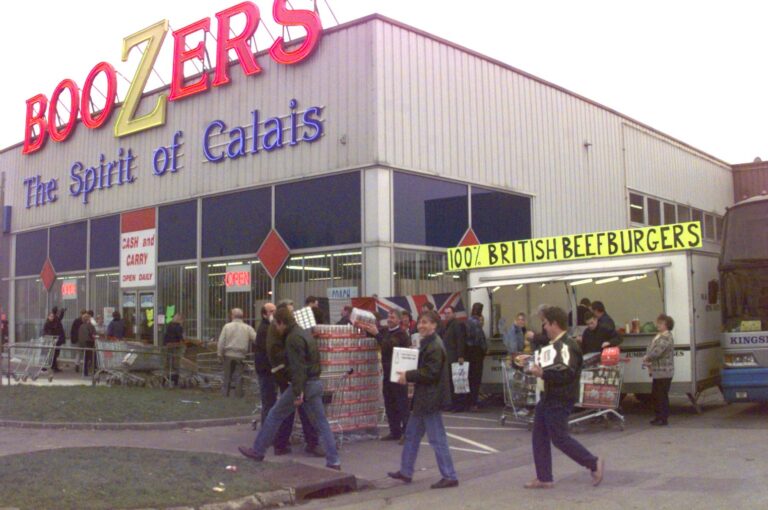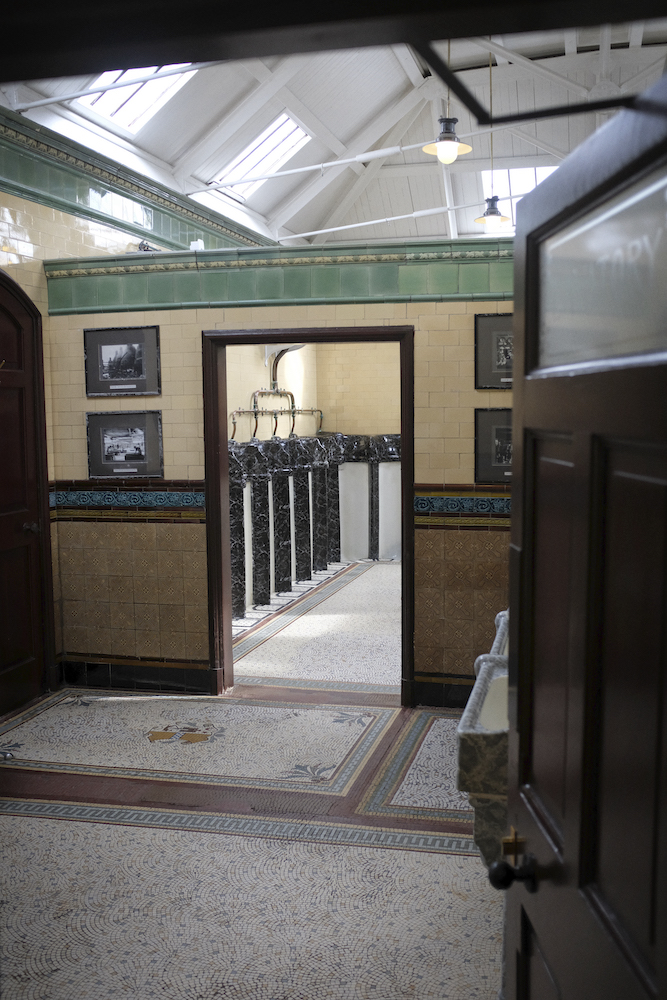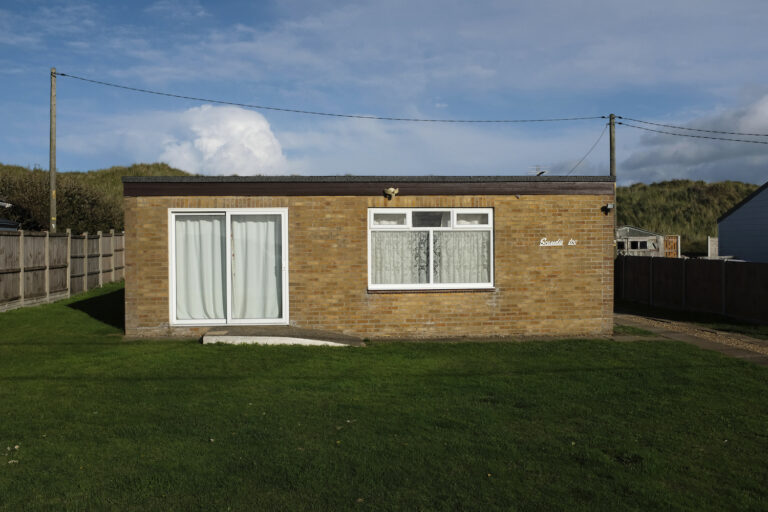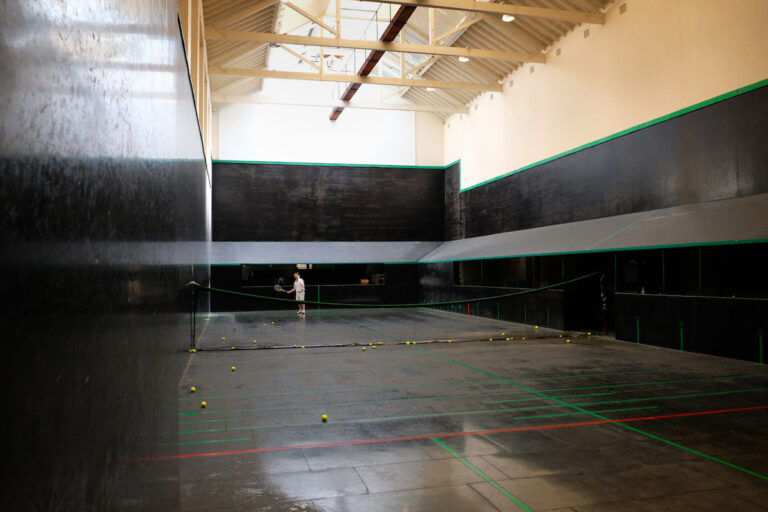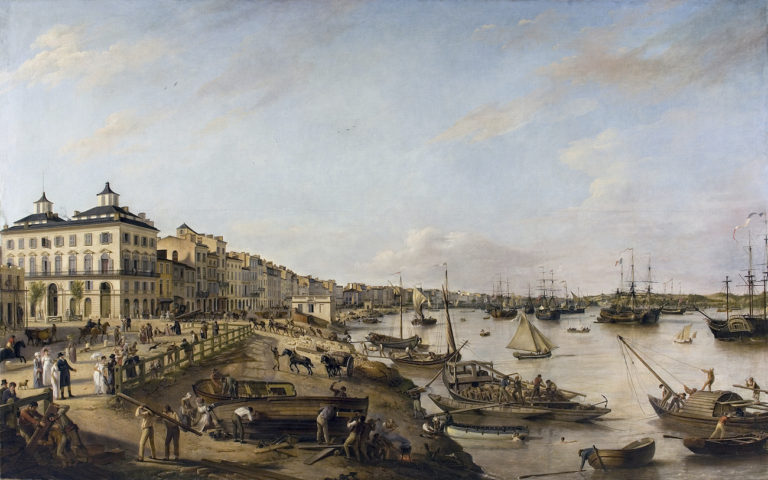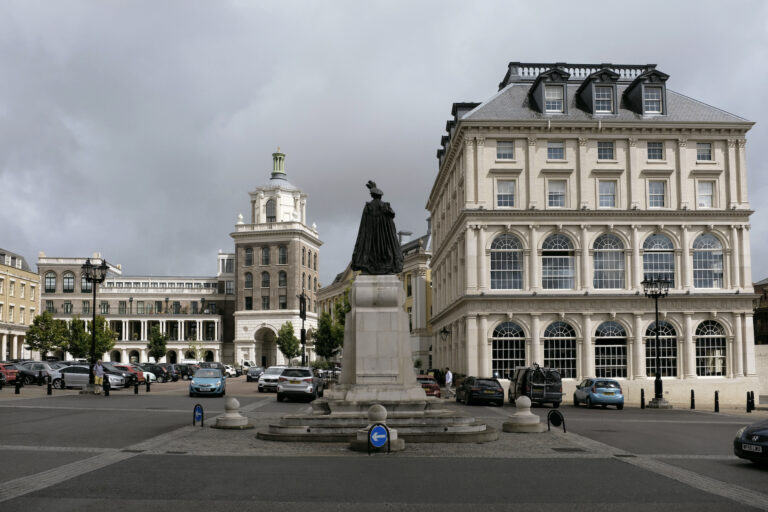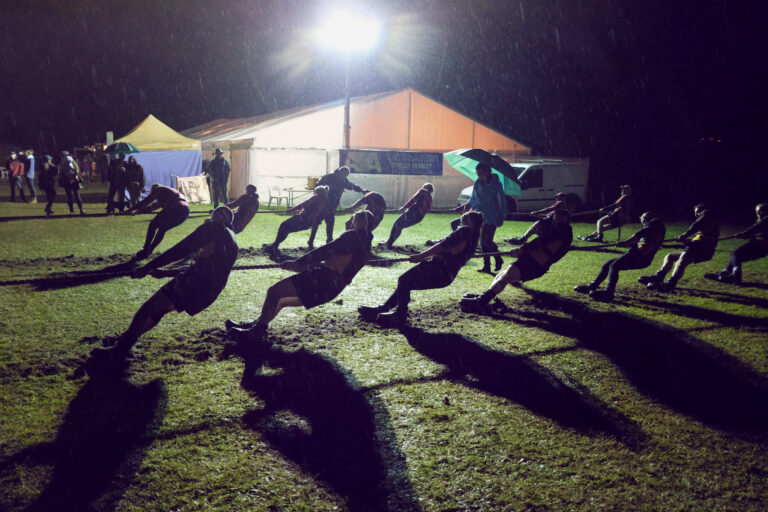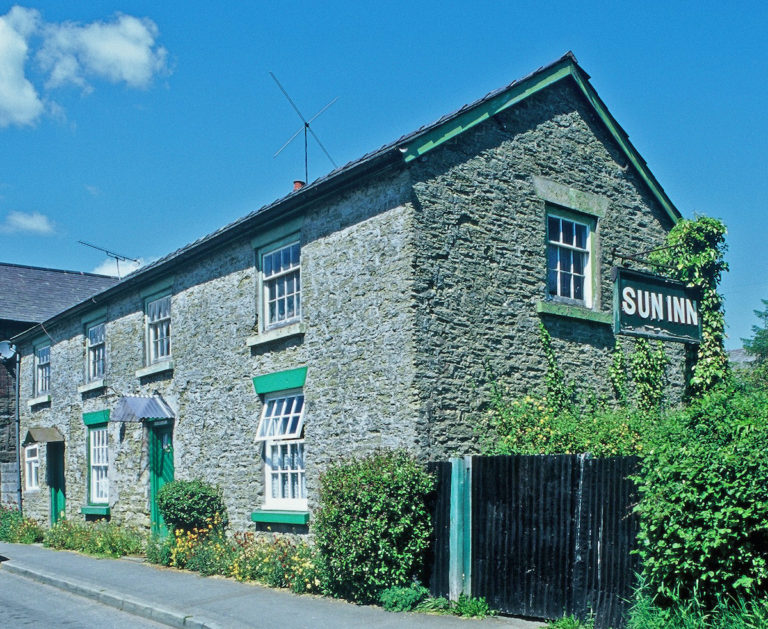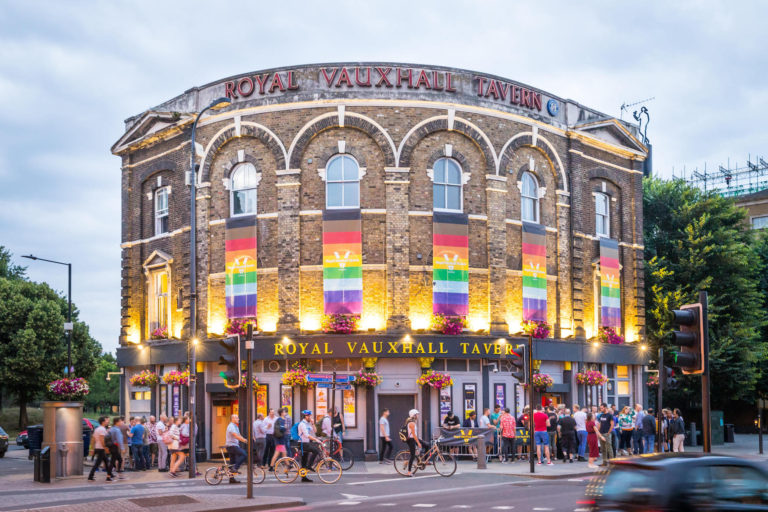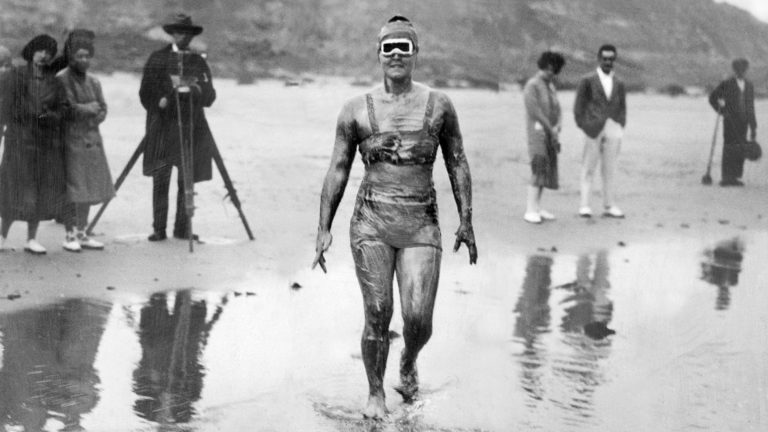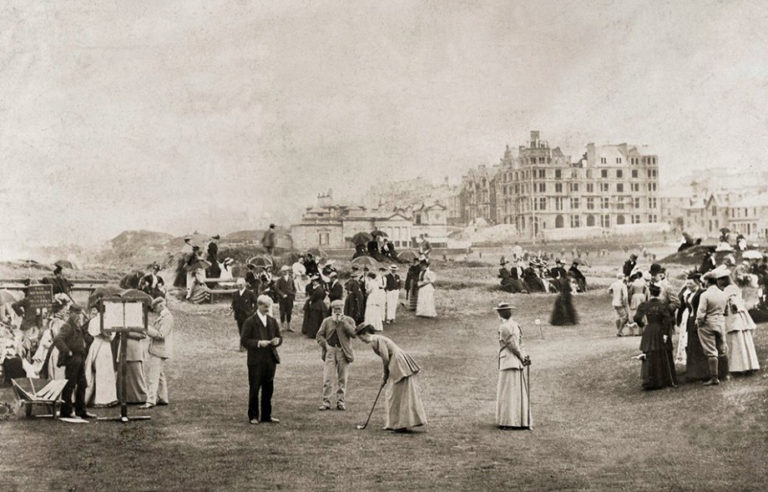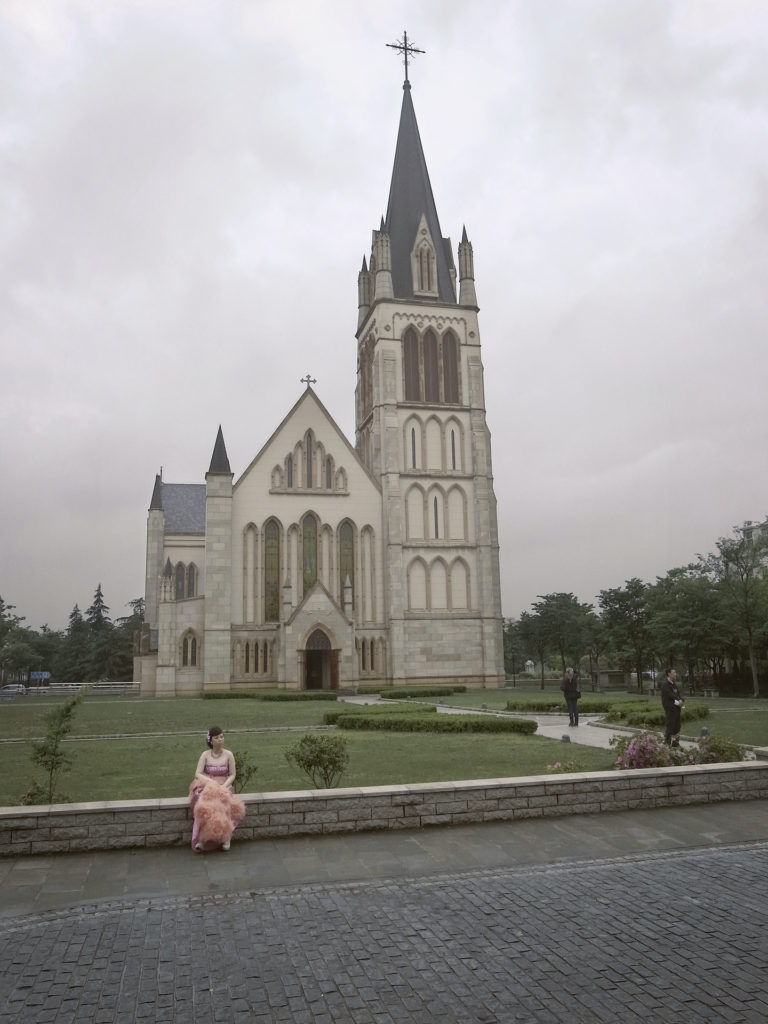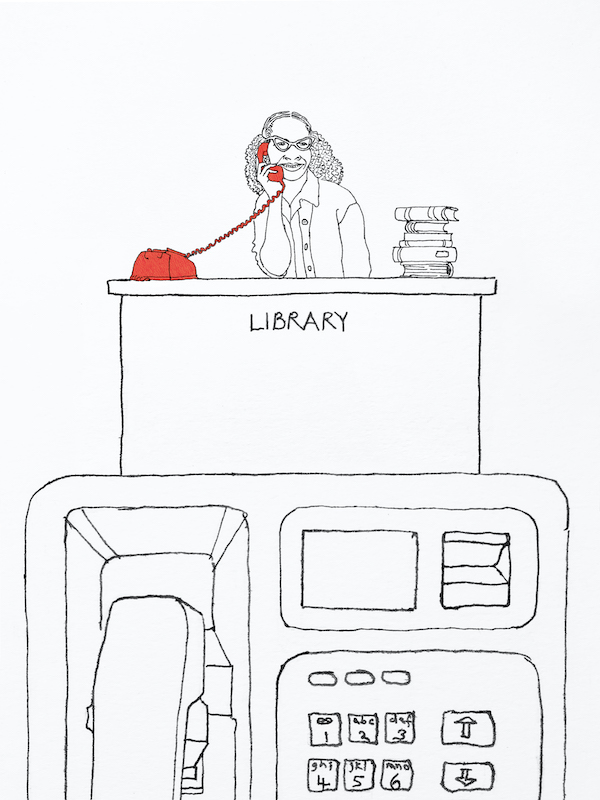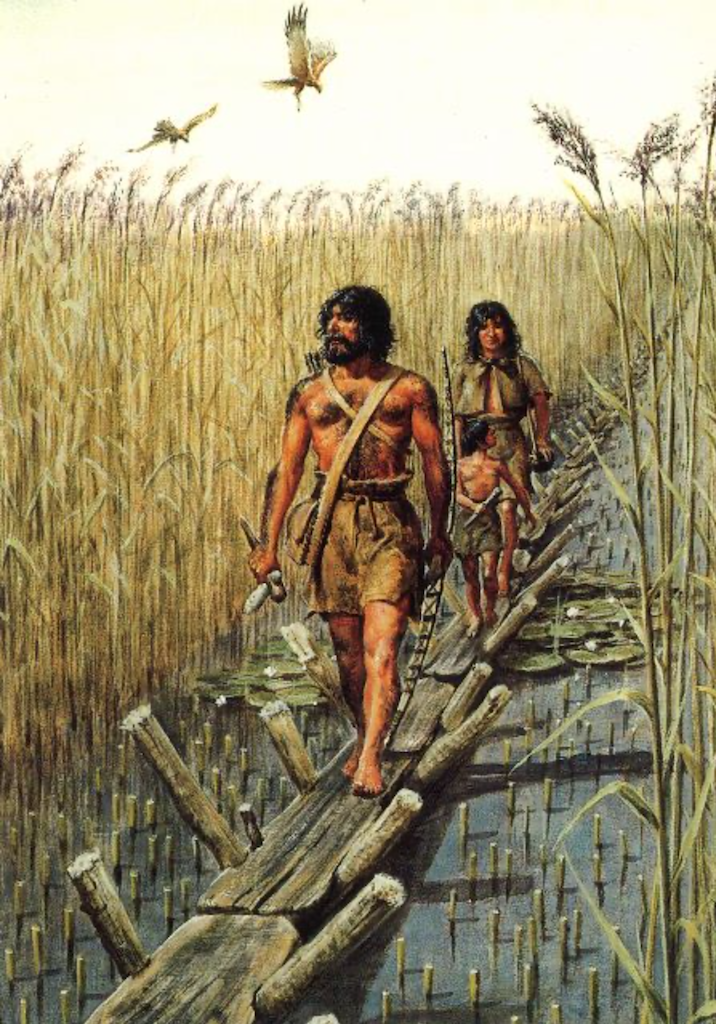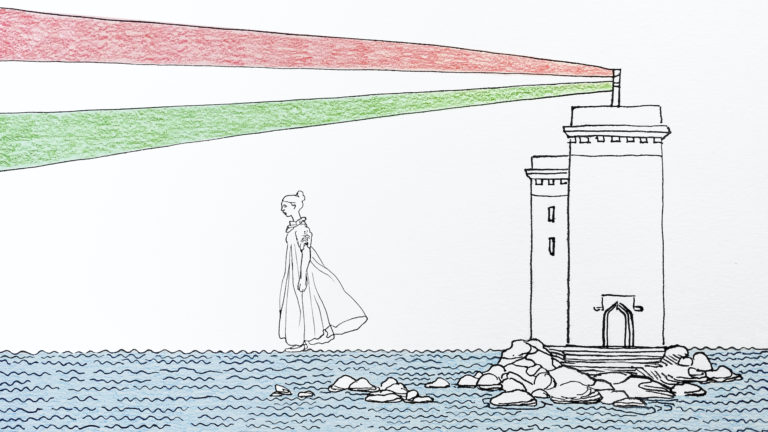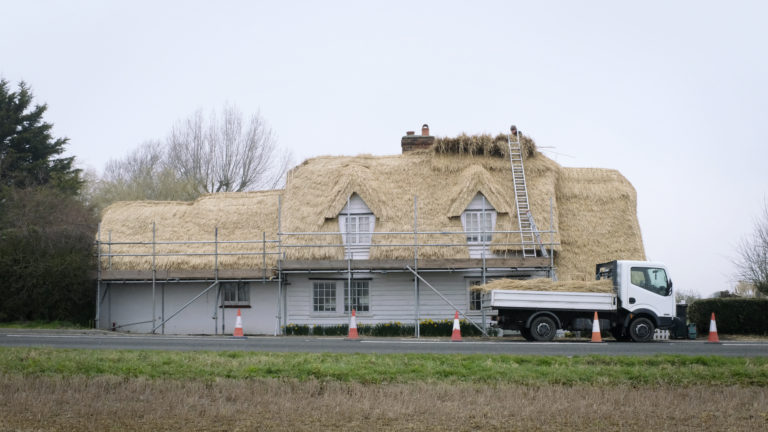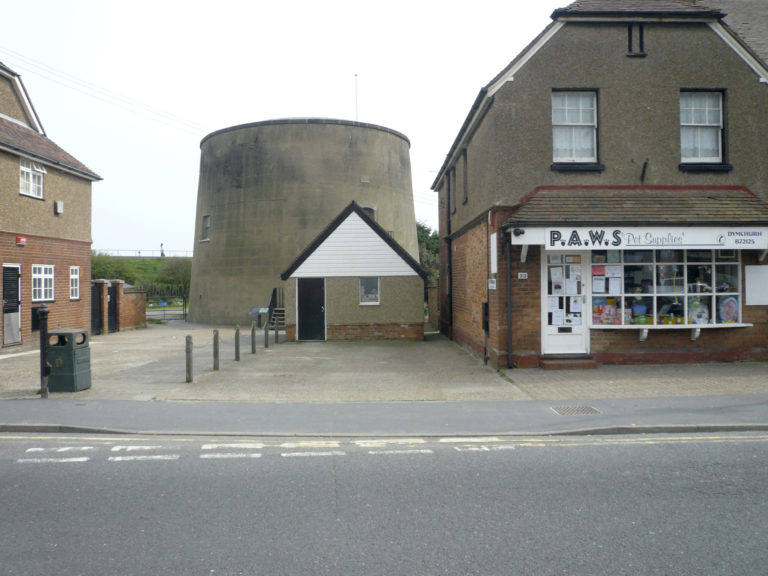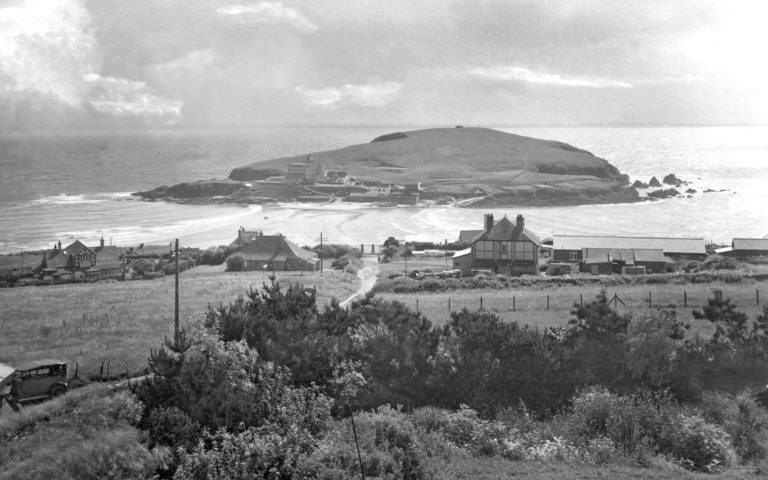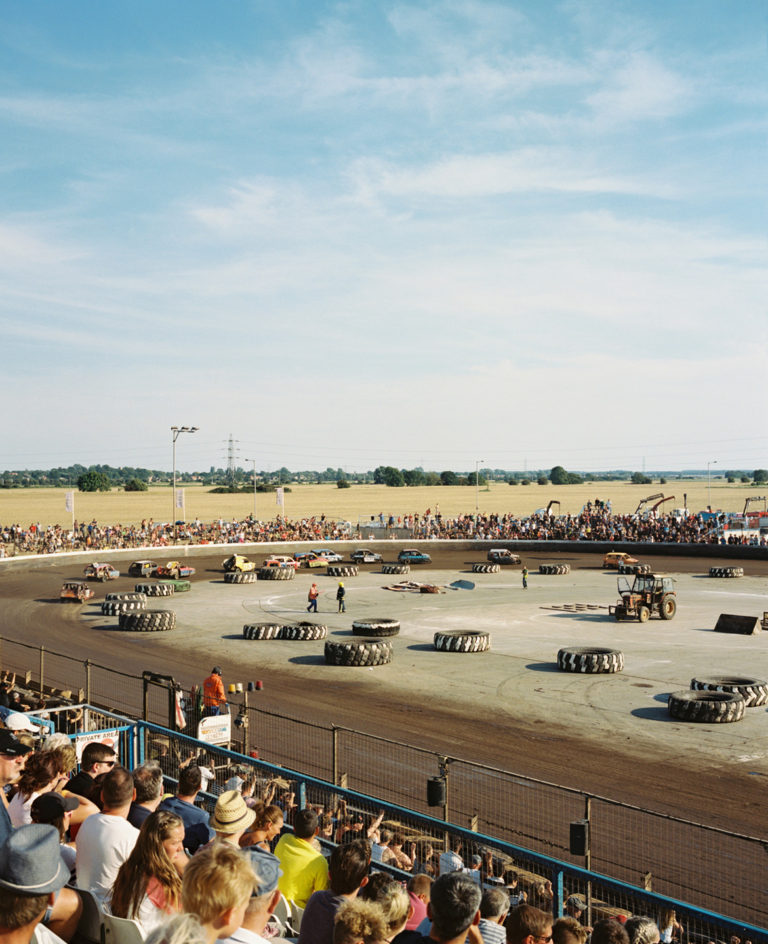
Staple of 1970s seaside towns, model villages are charming attractions, miniaturised in scale not enjoyment. As well as being attractions they are also great feats of vernacular model making, with all the love of a Wes Anderson set. Their great champion, Tim Dunn says; ‘They fall between the cracks of so many splendidly specific obsessions and passions: model railways, doll’s houses and miniatures, gardening, follies, architecture, urban planning, crafts and history’. Something for everyone.
Miniaturisation is a bit of a theme amongst the British but the Japanese got there first with beautiful gardens, landscaping and Bonsai. The UK brought it down a notch with fairies, gnomes and model soldiers. The first British model village was in London’s Hampstead, built by the great collector Charles Paget Wade in 1908. After a few decades the country was littered with them, although now only 17 remain.
Bekonscot is the most famous and having started in 1929 it is arguably the oldest public example with a phenomenal 15 million visitors over the years. It’s safely tucked away down the suburban backstreets of Beaconsfield, a rather polite commuterville, named Britain’s richest town by the Daily Telegraph in 2008, although it wears its wealth lightly. One of its early residents was a chap called Roland Callingham, a wealthy London accountant. His indoor model railway was relegated to the garden by his missus. Roland and his friend James Shilcock gradually filled the site with a utopian dreamworld at roughly 1:12 scale. Even their swimming pool was eventually re-invented as an inland sea. There’s much to love in the details here, Maryloo station for instance is a portmanteau of Marylebone and Waterloo, stations where both men commuted during the working week. Although many followers made villages for profit, Bekonscot was opened for charity and the Church Army still distribute the funds raised. Queen Elizabeth’s first visit was in 1934, aged seven, and she has returned several times since. If it’s good enough for her, it’s good enough for you. The Coracle also enjoyed a very appropriate corned beef sandwich, homemade by Janet apparently.
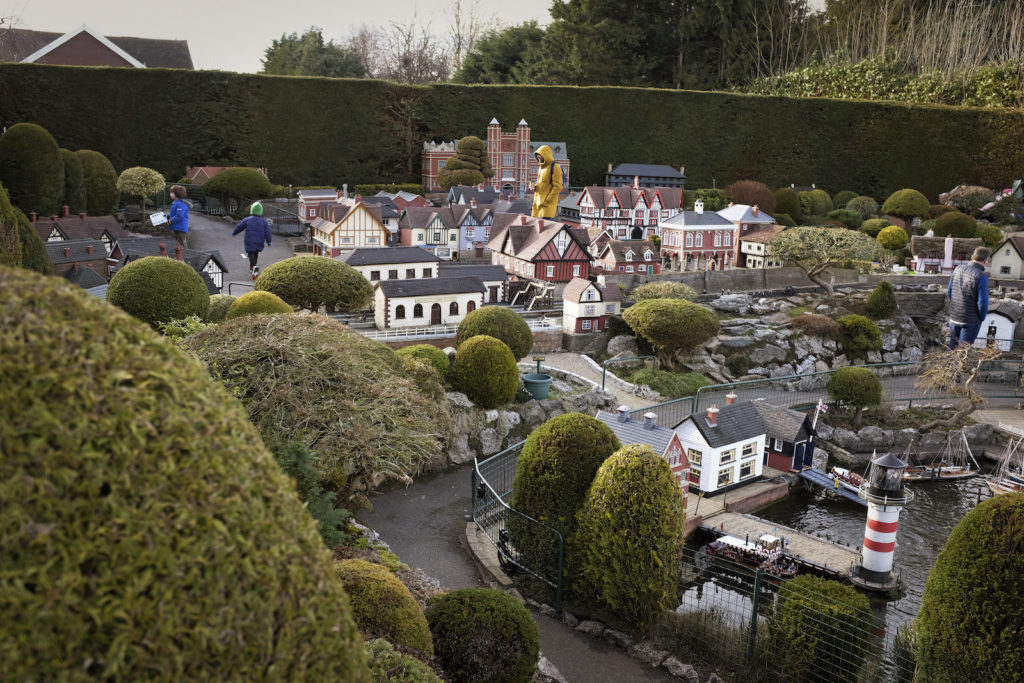
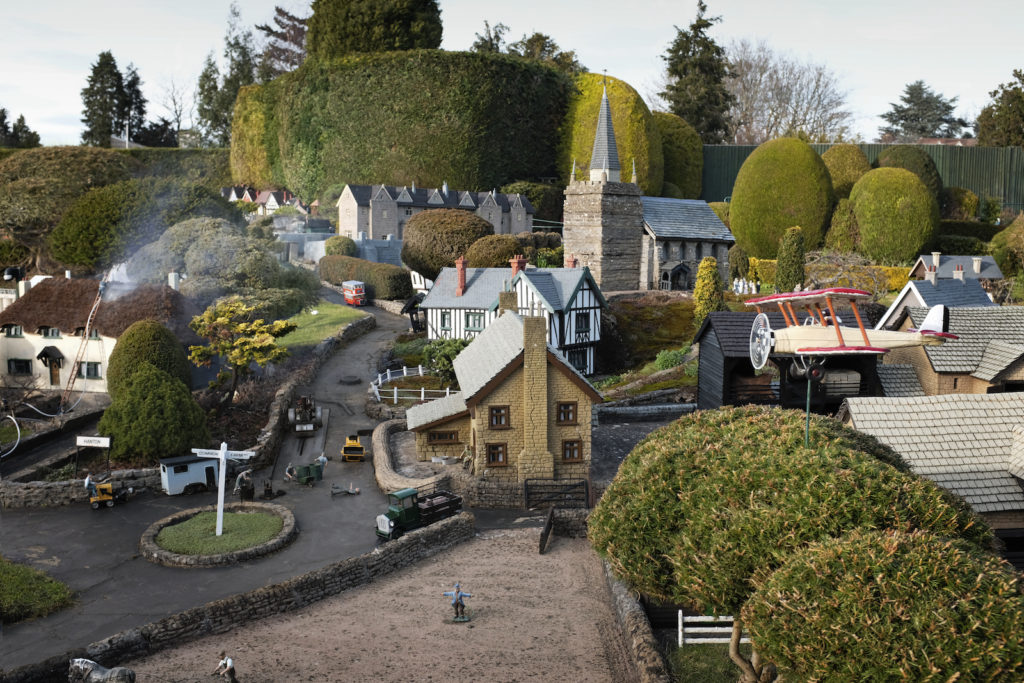
Tim Dunn says; ‘There’s some evidence to suggest that Callingham built Bekonscot not to show how life had been but how it could be. It is a miniature version of the Garden City movement.’ There’s a touch of Poundbury or the life-size model villages of Victorian philanthropists like Bourneville or Saltaire. Looking down on model villages, as you do, gives that toy town feeling you have from a plane. There’s a wonder in seeing the mundane reinvented. The architecture critic Edwin Heathcote describes them as a snapshot of a bygone world’. Bekonscot especially has the timeless bucolic arcadia of a ladybird book and like Polperro model village it’s set in aspic, in this case, 1930s aspic. Maybe that was even more poignant for a country that had recently lost an empire.
Lifesize real people bring these Lilliputian worlds to life and accentuate the scale. Movement delights too. Beksonscot has a ‘working’ coal mine, a scale railway with platform announcements and even a burning building producing real smoke. These provide a fizz of energy that lights up the site. The long gone Tucktonia model village had ships moving on pulleys. These are model railways on crack. Whilst there were many private projects by front garden tinkerers, others build modest incomes on their creations: the Dobbins brothers at Southport, Babbacombe and Merrivale and Stan Deboo at Ramsgate, Hastings and Weston-super-Mare. For the post war masses, these villages were a holiday treat alongside ice cream or a donkey ride.
Sadly the good times have waned a little. Gone are Tudor Castlewolde, Black Country Himley and monumental Tucktonia, along with many others. Outdoor buildings need a lot of maintenance and there’s been a surprising amount of vandalism. It’s ok though, Bekonscot’s burning house even has a fireman at the ready. In the wise words of Tim Dunn ‘perhaps we’re looking too hard. Model villages are about joy – they’re about the suspension of reality. People go to them to escape for a bit, to reminisce, or forget. They’re full of silly things, they’re full of joyful things, they’re full of things that we wish for. They bring out the child in us – because suddenly the world isn’t such a scary place full of responsibilities after all.’
How terribly British.
